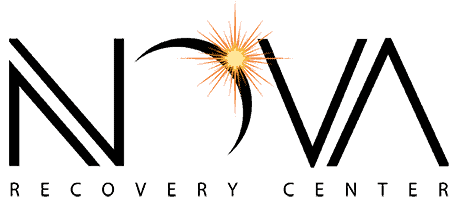NBOMe Addiction: Detox, Withdrawal & Treatment
GET HELP TODAY!
100% Confidentiality Guaranteed
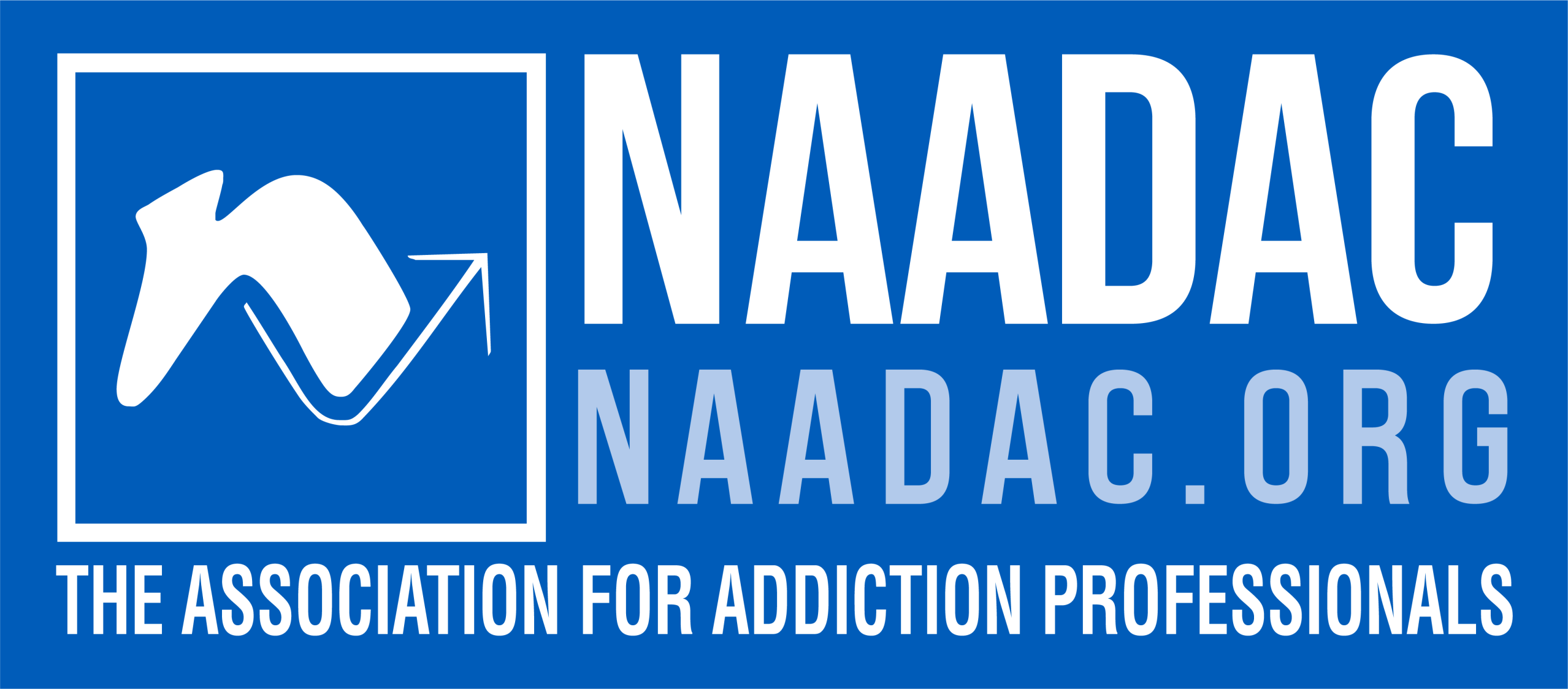
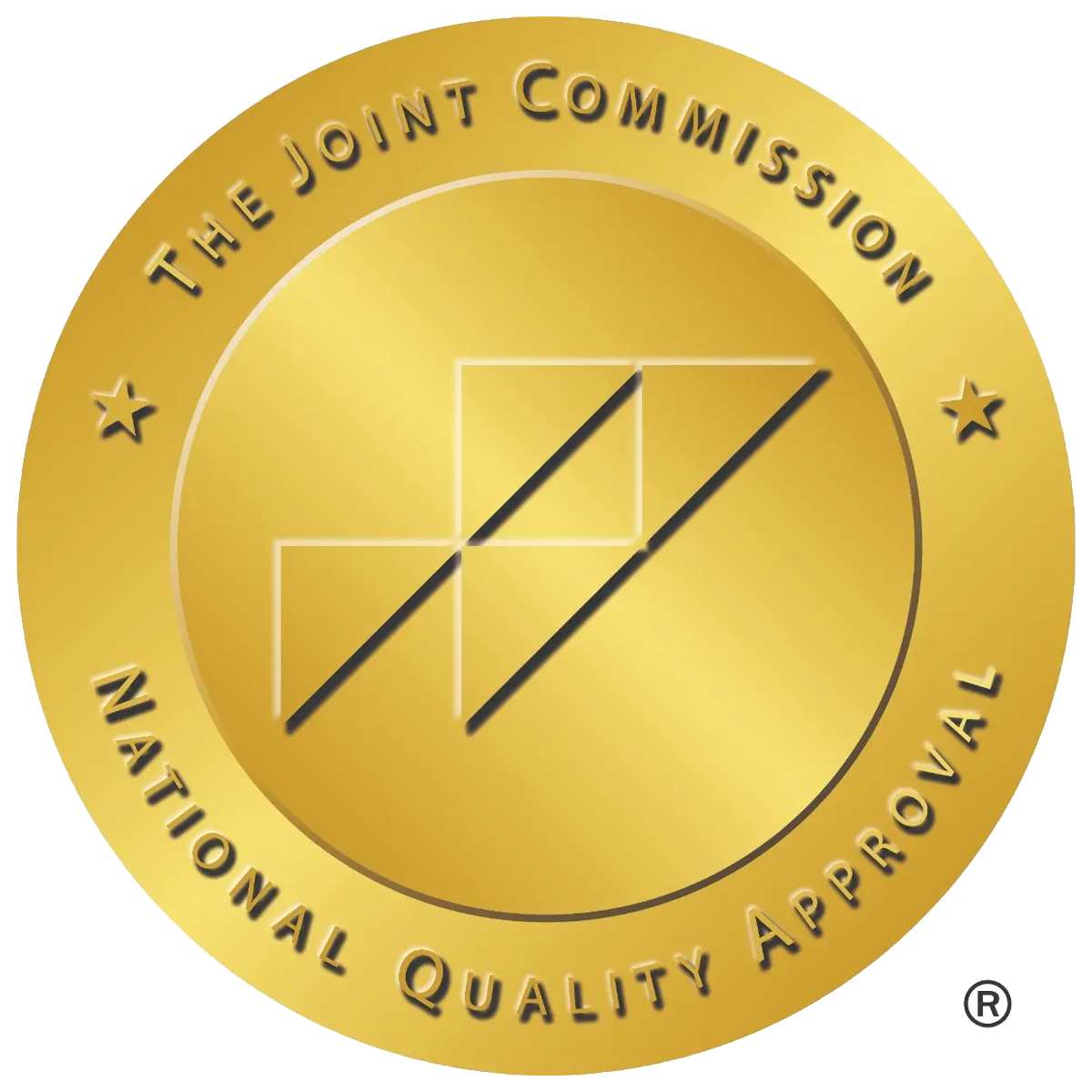
What Is NBOMe?
NBOMe is a powerful synthetic hallucinogen. It falls under a group called New Psychoactive Substances (NPS). Researchers developed this drug in the early 2000s to mimic the effects of LSD, mescaline, and methamphetamine. Among all its forms, 25I-NBOMe is the most commonly misused.
Even a tiny amount—around 750 micrograms, or six grains of salt—can cause intense effects that last up to 12 hours. Vendors often sell NBOMe as a liquid, powder, or on blotter paper. Most people place it under their tongue, but they can also inhale, inject, smoke, or vape it. Swallowing NBOMe usually does not cause any high.
Because of its strength, it’s easy to overdose—especially when users mistake it for LSD. Overdoses can lead to serious drug withdrawal symptoms, health problems, or death.
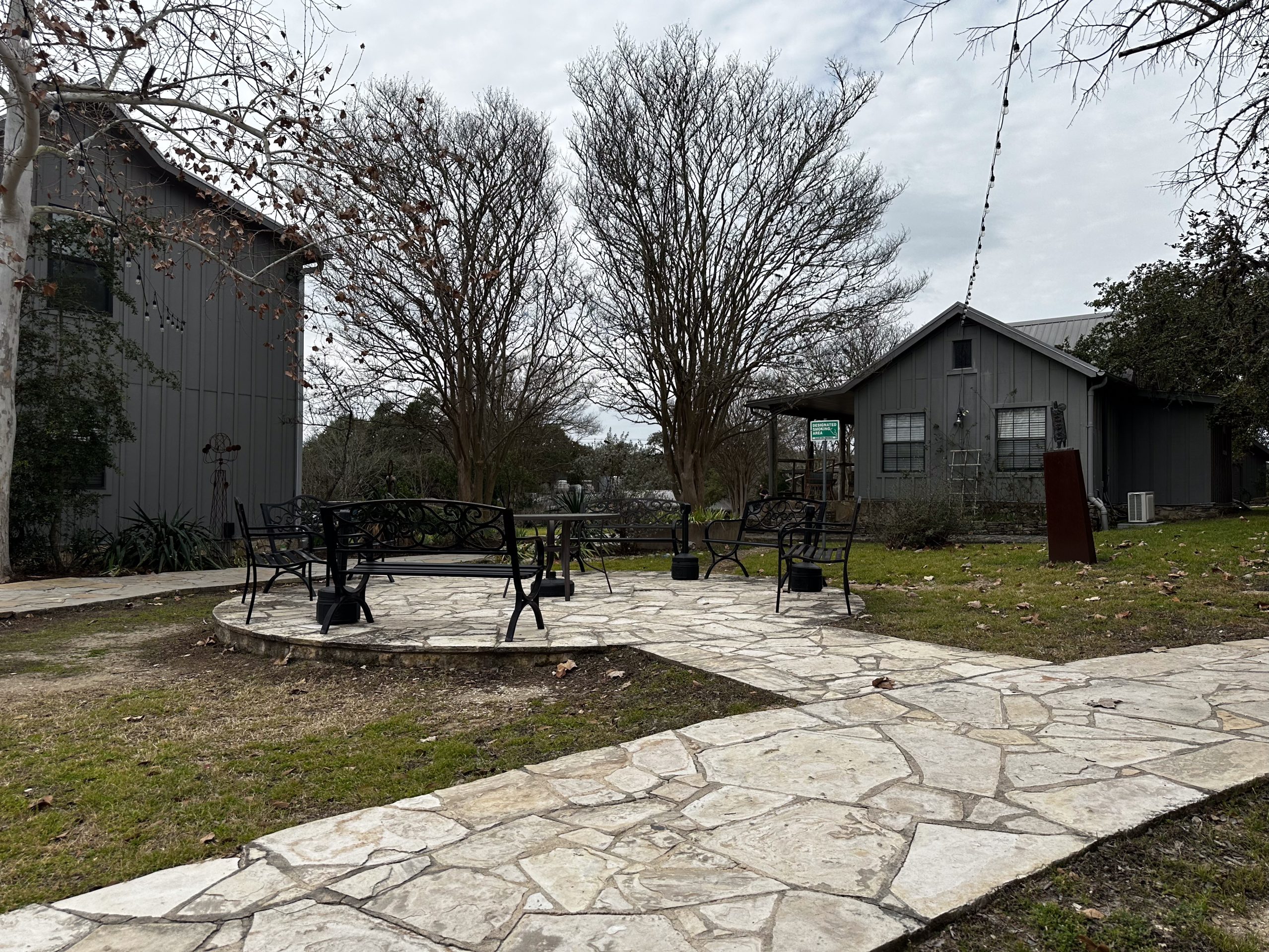

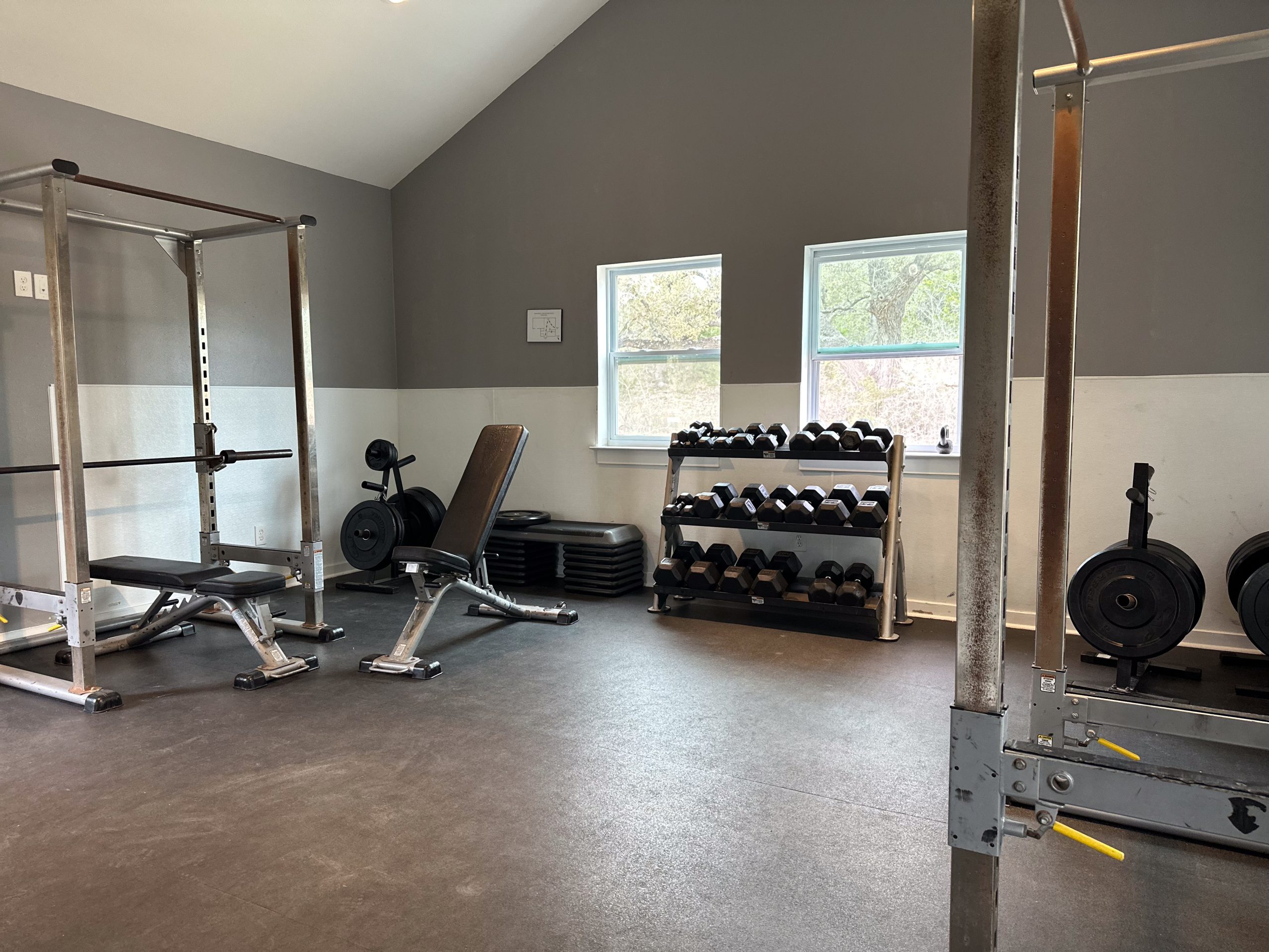


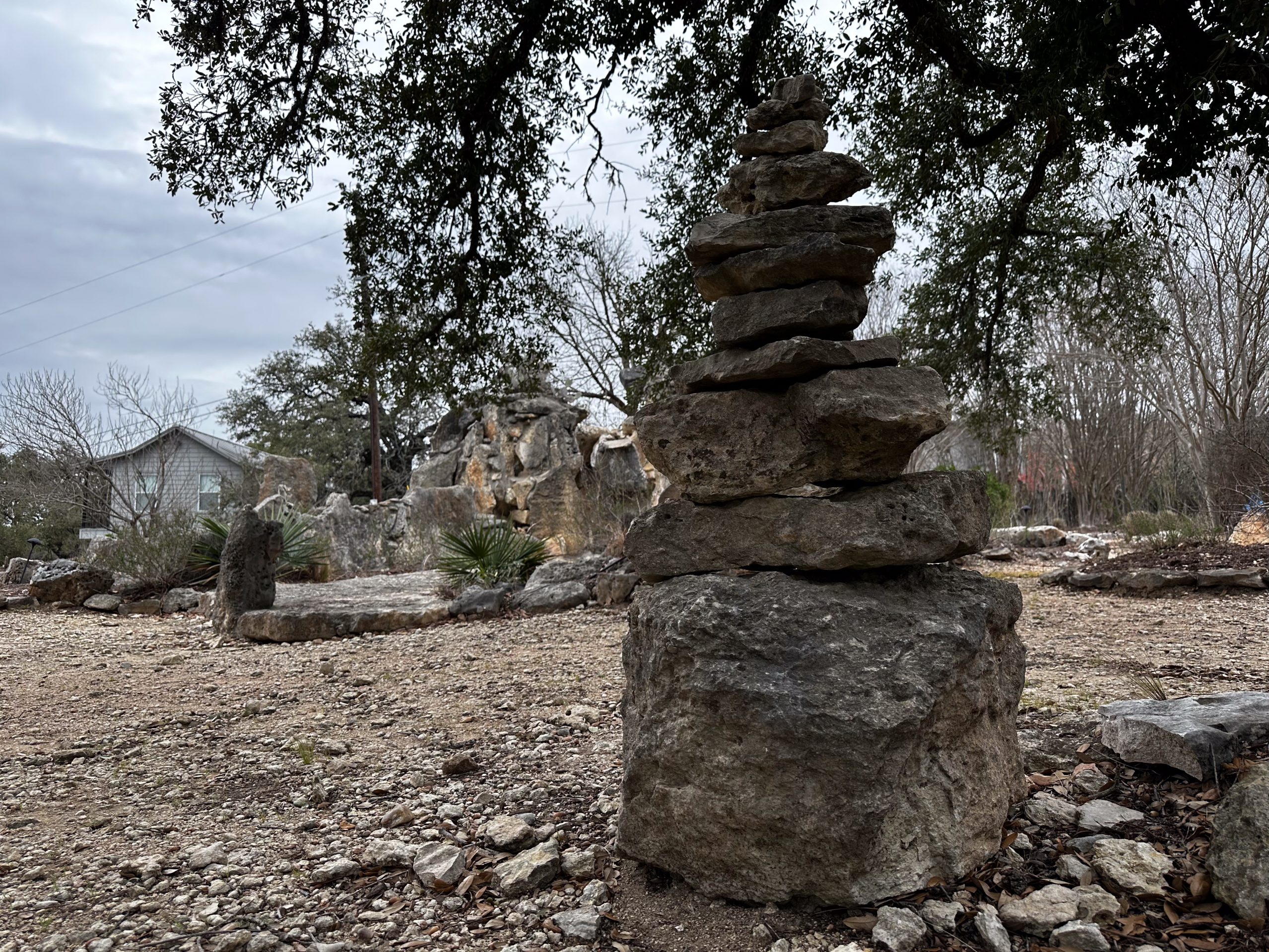
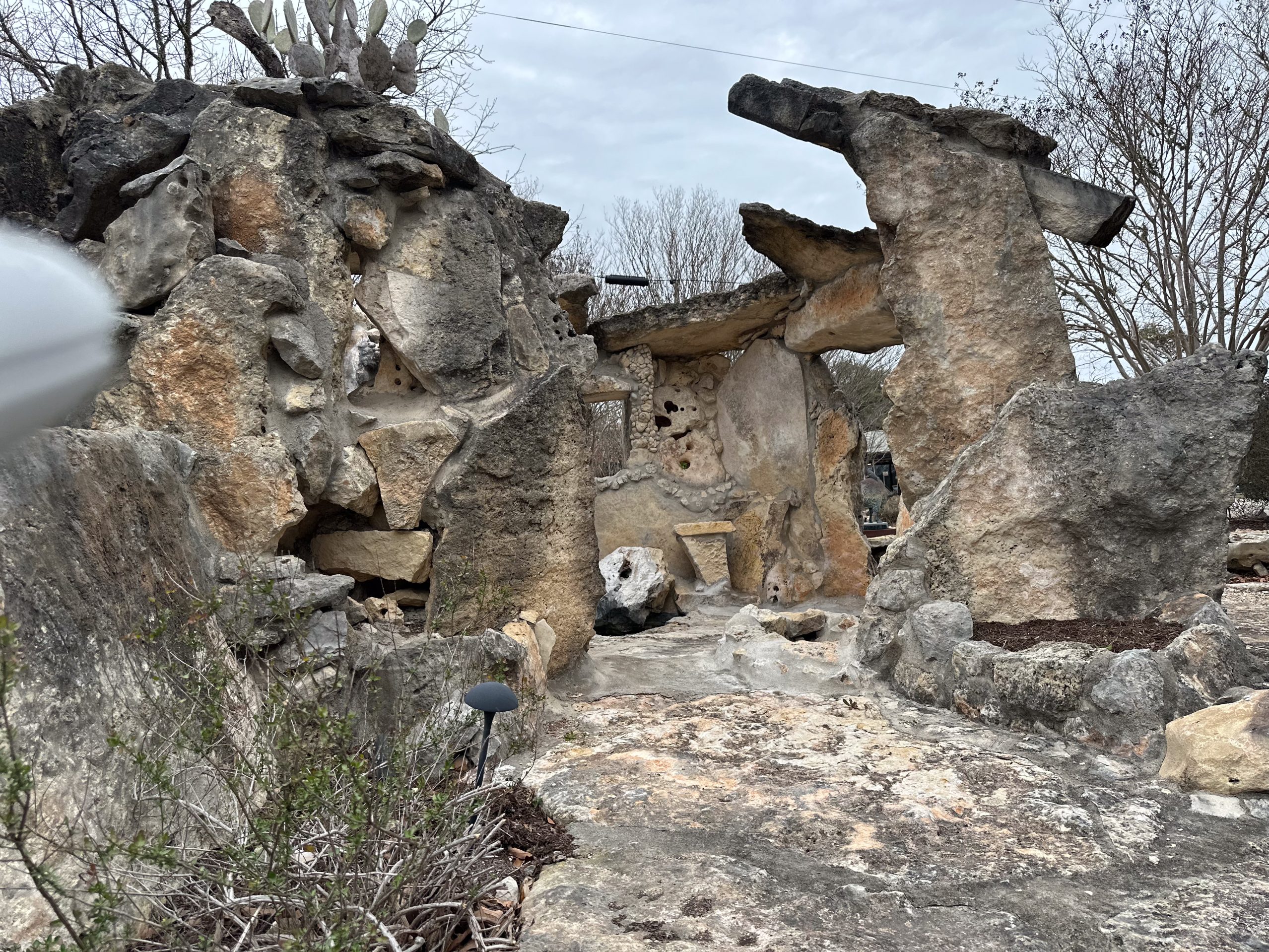
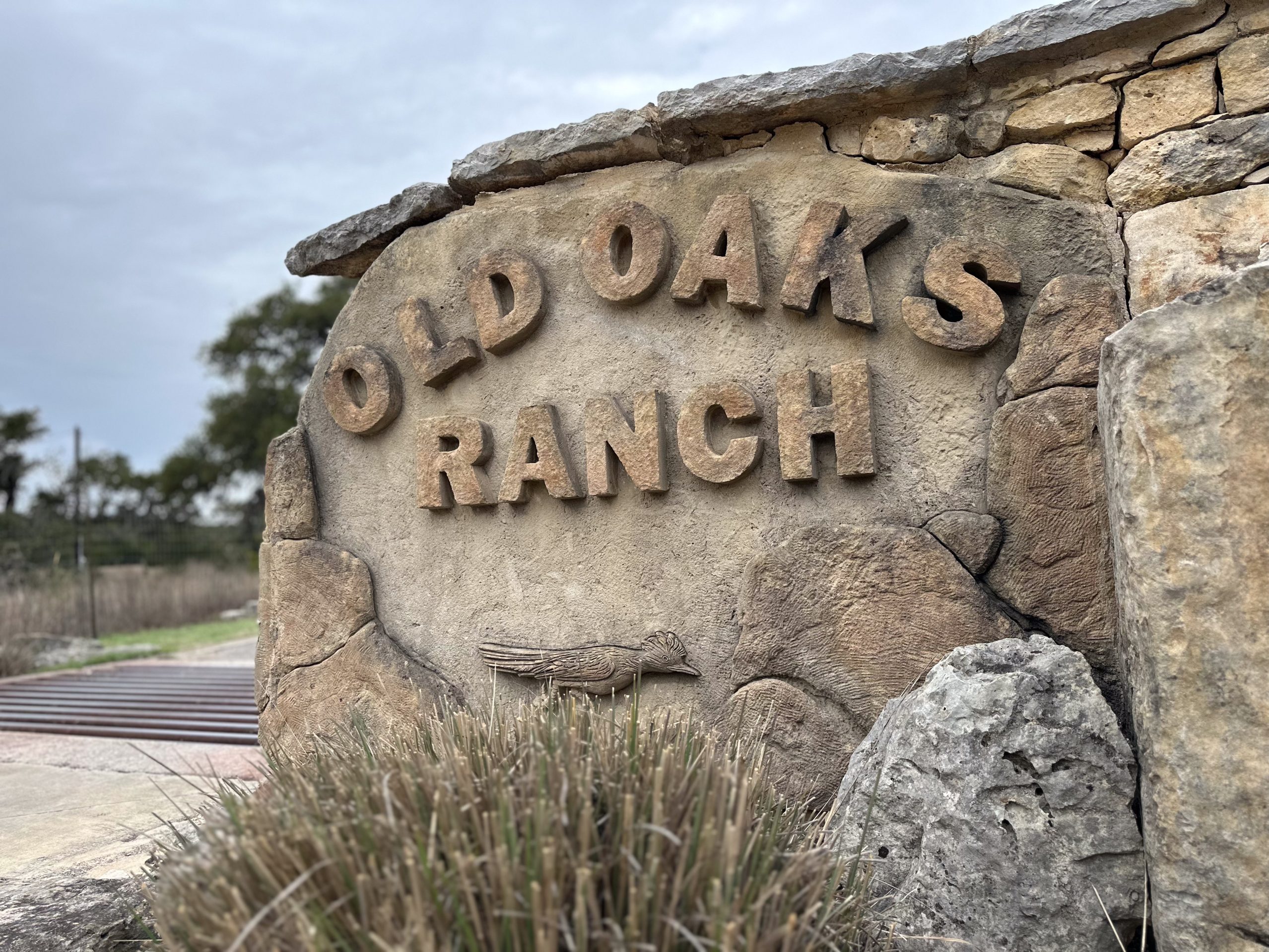
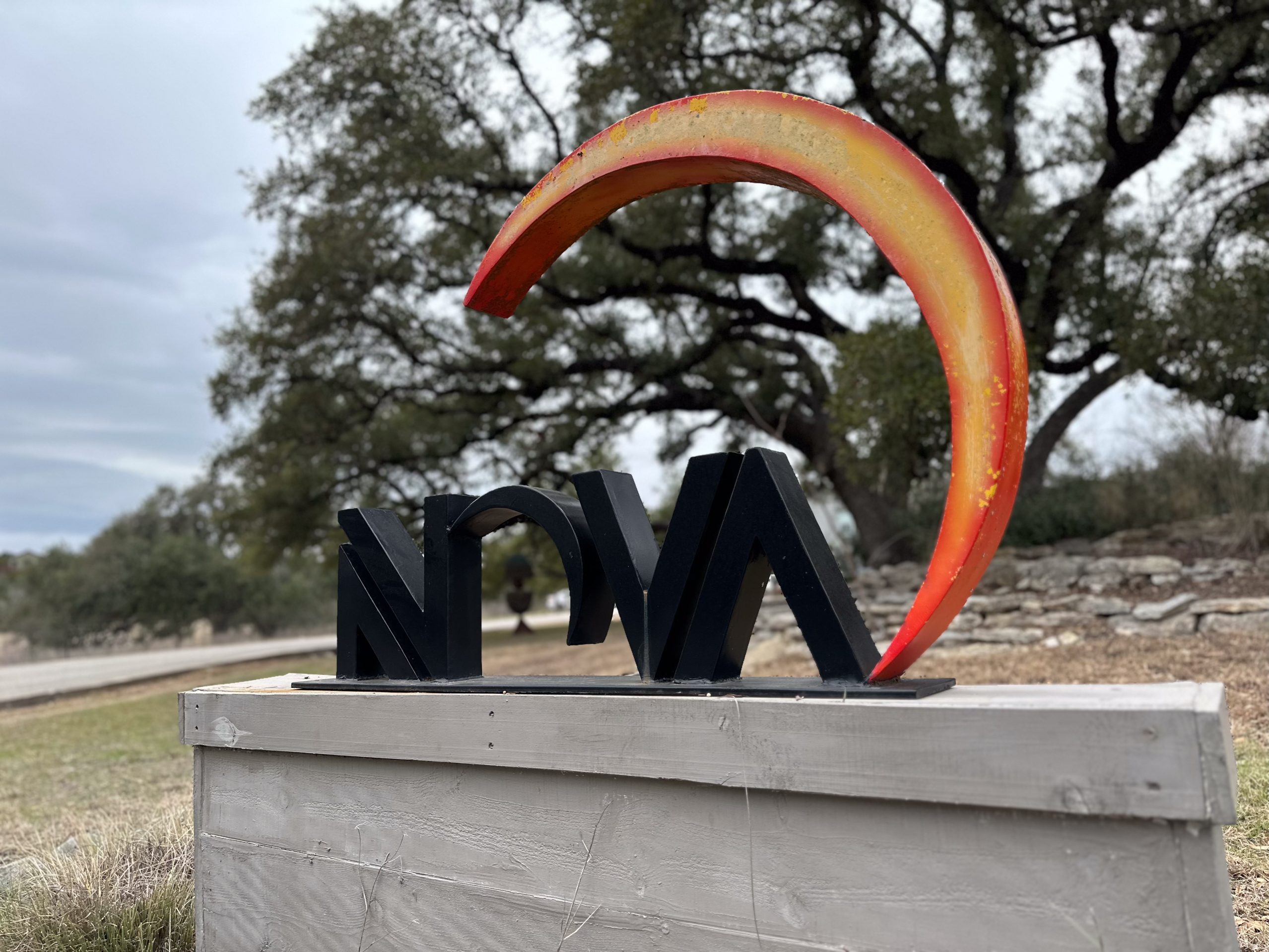
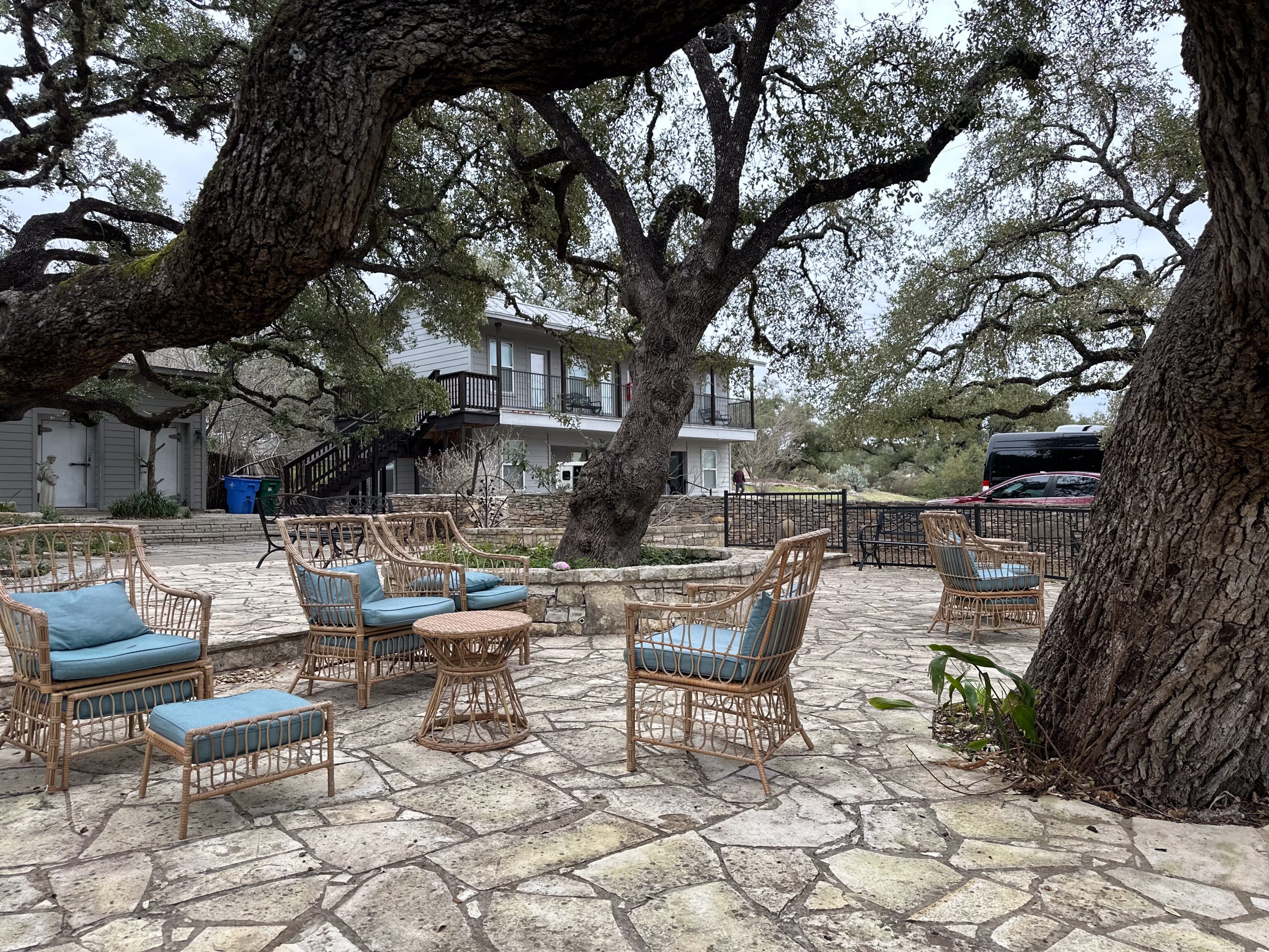
Common Names for NBOMe
NBOMe has several street names. These include:
- N-Bomb
- 25I, 25C, 25B
- Smiles
- Legal Acid
- Solaris
- Wizard
- Pandora
- New Nexus
Abuse and Risks in the United States
According to the National Institute on Drug Abuse, 25I, 25C, and 25B-NBOMe are all Schedule I drugs. That means they have no approved medical use and a high risk of abuse. Initially, researchers used NBOMe in labs for research. Today, people sell it illegally on the street or online.
Between March 2012 and April 2013, at least 14 people died from NBOMe use. While there’s limited research on NBOMe, even small doses can cause seizures, heart failure, or death. People never truly know what they take because they often mix the drug with other unknown substances.
Despite these risks, people continue to abuse NBOMe for its psychedelic effects. This creates serious public health concerns.
Why Do People Use NBOMe?
People often use NBOMe because it makes them feel euphoric, creative, or emotionally open. Users say it enhances music, lights, and sensations. It can also boost confidence and increase sex drive. However, these effects come with significant risks.
Short-Term Side Effects
NBOMe affects both the mind and body. Some of the short-term effects include:
- Confusion
- Nausea
- Panic and fear
- Agitation
- High blood pressure
- Fast heart rate
- Muscle tension
- Difficulty focusing
These side effects can be dangerous. In many cases, people require immediate medical assistance.
Signs of NBOMe Addiction
A person addicted to NBOMe might show the following behaviors:
- Needing more of the drug to feel high
- Being unable to stop using
- Lying to family members about drug use
- Spending most of their time getting, using, or recovering from NBOMe
- Avoiding activities they once enjoyed
- Using despite health or legal problems
This behavior often signals a serious substance use disorder (SUD).
Withdrawal Symptoms
When someone stops using NBOMe after regular use, they may face withdrawal symptoms. These symptoms can be physical or psychological. Since synthetic drugs are often unpredictable, withdrawal can be intense and dangerous.
Physical symptoms may include:
- Chest pain
- Dizziness
- Tremors
- Muscle spasms
- Vomiting and diarrhea
- Insomnia
- High fever
- Heart palpitations
- Seizures
- Blurred vision
- Coma or sudden death
Psychological symptoms may include:
- Hallucinations
- Paranoia
- Panic attacks
- Confusion
- Trouble thinking clearly
Because of the risks, medical detox is strongly recommended.
Medical Detox for NBOMe
Detoxing from NBOMe should always happen under medical supervision. A licensed addiction treatment specialist can help monitor symptoms and provide emergency care if needed.
In a medical detox program, clients receive:
- 24/7 supervision
- Medication management for symptom relief
- Support services like case management and therapy
- Safety from relapse triggers
This process makes detox safer and more effective.
More Time. More Joy. More You. Start Now.
WE ACCEPT MOST INSURANCES







How Long Does Withdrawal Last?
No clear withdrawal timeline for NBOMe exists. Each person reacts differently. Factors like dose, frequency, and health history affect how long symptoms last. In many cases, symptoms can continue for several weeks.
During this period, being in a structured treatment program improves outcomes. Facilities can create a customized treatment plan based on the person’s needs and medical conditions.
Addiction Treatment After Detox
While detox addresses physical symptoms, therapy is needed to treat psychological dependence. That’s why a full recovery program is important.
A strong treatment program may include:
- Cognitive and behavioral therapies
- Group therapy and peer support
- Family therapy and education
- SMART Recovery or the 12-step program
- Relapse prevention training
- Life skills classes
These services help people manage triggers and build healthy coping skills.
Inpatient vs. Outpatient Rehab
Two main types of treatment exist: inpatient drug rehab and outpatient drug rehab. Both offer structured support, but they differ in intensity.
Inpatient drug rehab offers:
- 24-hour medical care
- On-site housing
- A strict daily routine
- Full-time access to therapists and support groups
This is ideal for severe cases or people with a dual mental health condition.
Outpatient drug rehab offers:
- Scheduled group therapy sessions
- The ability to live at home or in sober living homes
- Flexibility for work or school
- Support with daily responsibilities
Outpatient treatment may also be part of an intensive outpatient program (IOP), which provides a higher level of care without requiring a full-time stay.
Freedom Starts Here. Take Back Your Life Today.
Same-Day Admissions in Austin Available.
Financial Support Options
Many people worry about the cost of rehab. However, most treatment facilities offer various ways to pay:
- Health insurance
- Employee Assistance Programs (EAPs)
- HSA or FSA accounts
- Scholarships or sliding-scale fees
- Medical loans
- Support from family or friends
Ask your provider about available options.
Aftercare and Continued Support
Recovery doesn’t end after rehab. Continued care is key to long term recovery. Many programs offer aftercare services to help people stay sober.
Aftercare programs provide:
- Weekly therapy groups
- One-on-one counseling
- Peer support groups
- Check-ins with addiction specialists
- Continued education about addiction and recovery
These services help people stay on track.
Sober Living Programs
Sober living programs offer a stable environment for people transitioning out of rehab. Sober living homes provide:
- Drug and alcohol testing
- Peer accountability
- Access to support groups and treatment services
- Opportunities to find work or go back to school
These homes are cost-effective and often included as part of recovery journeys.
The Role of Family and Support Systems
Recovery improves when people are surrounded by a strong support system. Family members can join therapy sessions or support groups to learn how to help. Support groups also provide encouragement from others going through similar experiences.
Having both emotional and practical support helps people stay committed to treatment and recovery.
Begin Your Recovery Journey Today
NBOMe addiction can destroy lives. But with the right treatment and recovery support, it is possible to break free from this drug and rebuild a healthy life.
At Nova Recovery Center, we provide many treatment services. These include medical detox, inpatient care, outpatient care, intensive outpatient programs, and sober living programs. Our team of addiction treatment experts will help you create a personalized plan for long-term recovery.
Call us at (888) 428-1501 to learn more about our treatment facilities and program offers. We designed our recovery program to help you overcome addiction and reclaim your quality of life.
NBOMe: Uses, Risks, Neurotoxicity, and Common Questions About Hallucinogens
What is the use of NBOMe?
NBOMe substances are synthetic hallucinogens with no accepted medical use. They are sometimes sold as alternatives to LSD or other psychedelics, but their use is purely recreational and carries significant risks.
What is NBOMe?
NBOMe, short for N-methoxybenzyl, is a class of potent psychedelic drugs. They are phenethylamine derivatives that produce intense hallucinations and can be toxic even at very small doses.
Is NBOMe neurotoxic?
Yes, NBOMe has been linked to neurotoxic effects. Reports show it can cause seizures, agitation, and long-term neurological complications, making it highly dangerous compared to other psychedelics.
How common is NBOMe?
NBOMe is less common than LSD or psilocybin but still circulates in the illicit drug market. Because it is often misrepresented as LSD, many users may not know they are taking it.
How many people have died from NBOMe?
NBOMe has been associated with numerous overdose deaths worldwide. Its high potency and unpredictable effects make fatal outcomes more likely compared to many other hallucinogens.
Is NBOMe a phenethylamine?
Yes, NBOMe belongs to the phenethylamine family, a group of compounds known for their psychoactive properties. However, NBOMe derivatives are far more potent and dangerous.
Is there a test for 25I-NBOMe?
Standard drug tests typically do not detect 25I-NBOMe. Specialized toxicology screens may identify it, but many cases go unconfirmed due to limited testing availability.
What are the effects of 25B-NBOMe?
25B-NBOMe can cause vivid hallucinations, sensory distortions, and altered perception. However, it also carries risks such as anxiety, paranoia, elevated heart rate, seizures, and possible overdose.
What is the most common psychedelic?
The most commonly used psychedelics include LSD, psilocybin mushrooms, and MDMA. NBOMe is much less common but is sometimes sold deceptively as LSD.
What are psychedelics good for?
Some psychedelics are being researched for potential therapeutic benefits, such as treating depression or PTSD. NBOMe, however, has no therapeutic use and is considered unsafe.
Which psychedelics are legal?
Legality varies worldwide. Substances like psilocybin and LSD remain illegal in most countries, though some regions are decriminalizing or allowing medical trials. NBOMe is banned in many countries due to safety concerns.
Are psychedelics harmful?
While some psychedelics are being studied for therapeutic use, misuse can cause harmful psychological and physical effects. NBOMe is especially dangerous due to its potency and risk of overdose.
What are examples of hallucinogens?
Classic hallucinogens include LSD, psilocybin, mescaline, and DMT. NBOMe compounds are synthetic hallucinogens that mimic LSD but carry higher health risks.
Which of the following drugs is a type of hallucinogen?
Hallucinogens include both natural substances, like psilocybin mushrooms, and synthetic drugs, like NBOMe, LSD, and PCP.
What drugs cause hallucinations?
Hallucinogenic drugs such as LSD, psilocybin, mescaline, DMT, and NBOMe cause visual and sensory distortions, often referred to as “trips.”
What are the classic hallucinogens?
Classic hallucinogens are LSD, psilocybin, mescaline, and DMT. NBOMe is not considered a classic hallucinogen but is part of a newer class of synthetic psychedelics.
